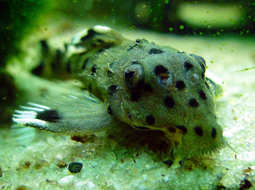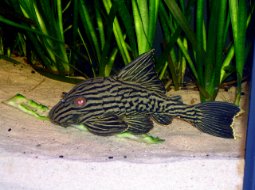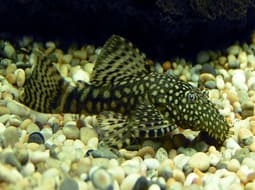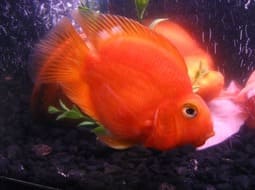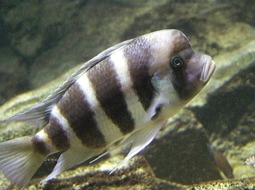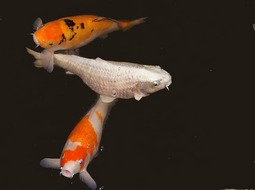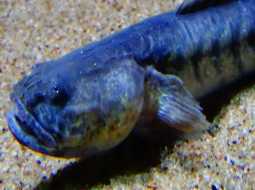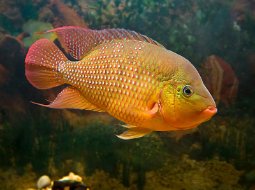
Loading Aqualapp ...
Care and Compatibility of Nile Tilapia - Oreochromis niloticus
Introduction
Oreochromis niloticus, commonly known as Nile tilapia, is a species of cichlid native to Africa. It is characterized by its oval-shaped and laterally compressed body, with a variable coloration ranging from gray to yellow and red in the ventral region. They are omnivorous fish that feed on a wide variety of foods, including vegetables, insects, and other aquatic organisms.
Behavior
Oreochromis niloticus is a territorial cichlid fish, especially during breeding season. They can become aggressive towards other cichlid fish and any intruders in their territory.
Sexual Dimorphism
Sexual dimorphism in Oreochromis niloticus is not very pronounced. However, during breeding season, males may display brighter colors and develop nuptial humps on their head and dorsal fin.
Reproduction
Breeding Oreochromis niloticus is relatively easy in captivity. They are mouthbrooders, meaning the female carries fertilized eggs in her mouth until they hatch. A specific breeding tank and proper water conditions are required to induce breeding.
Aquarium Conditions
To keep Oreochromis niloticus in the aquarium, a large and well-decorated tank with rocks, caves, and aquatic plants is recommended. They prefer clean and well-oxygenated water with a temperature between 22°C and 28°C.
Feeding
Oreochromis niloticus is an omnivorous fish that feeds on a wide variety of foods, including vegetables, algae, insects, and other aquatic organisms. They can be fed a balanced diet that includes commercial cichlid foods as well as fresh vegetables and proteins.
Complexity
Oreochromis niloticus is relatively easy to care for in the aquarium, but their territorial and aggressive nature can be challenging in community tanks. They are more suitable for species-only tanks or African cichlid tanks.
In case you need more help, or if you want to know into any topic related to the Oreochromis niloticus (Nile Tilapia) and even any other species you can use the forums to ask what you need.
To do an analysis more detailed about coexistence and behavior of Oreochromis niloticus (Nile Tilapia) use the Aquarium simulation tool, if you do this you can test different ways to combine the Nile Tilapia with other fishes giving the dimensions and space on you aquarium, on this way you can known the optimal configuration for keep the fishes that you want.
You can also find out the 26 species compatible with the Oreochromis niloticus (Nile Tilapia) can live together.
Note: The parameters of the water such as PH and temperature are also used to calculate the compatibility of the species.
Compatible species (26)
No species is compatible with the Nile Tilapia, however, 26 fish are semi compatible with the Nile Tilapia with certain conditions special.
With Reservation (17 Species)
Las especies territoriales por lo general pueden convivir con especies protegidas con coraza, ya que no pueden hacerles daño por su dura piel, lo que si hay que tener en cuenta es tener un acuario con dimensiones favorables para que cada pez pueda delimitar un territorio, ya que la mayoría de peces acorazados son también peces de fondo y les gusta estar buscando lugares donde ocultarse.
Considerable size difference (3 Species)
They can coexist while they are similar in size or the size difference is not very abysmal, since as the fish grows it increases the chances of eating its partner that did not grow much.
Compatible if space is enough (6 Species)
They can coexist together if the aquarium they share is large and spacious enough for both species to feel good, as some fish may attack others to feel that they have little space and try to eliminate the competition.
Nile Tilapia
Oreochromis niloticus

- Ph: 7 - 8.5
- Temperature (c°): 22 - 28
- Measures: 25 cm - 40cm
- Aquarium Capacity:
200 Liters - 53 Gallons - Alimentación: Omnivores
- Comportamiento: Territorial
- Habitad: African
- Morfología: Thorns or pointed
- Tamaño: Very Big
- Taxonomía: Cichlids, Fish
- Tipo de Agua: Sweet water, Tropical waters
- Velocidad de nado o movimiento: Normal
- Zona de Nado: Swim in the middle of the aquarium

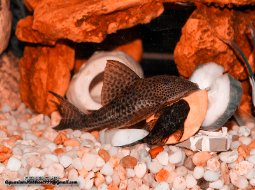

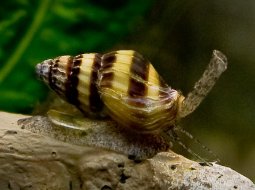
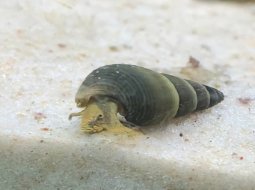

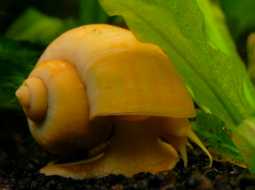
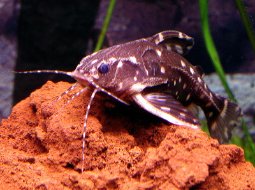
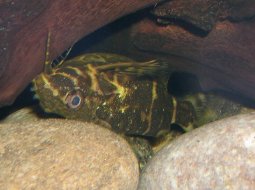
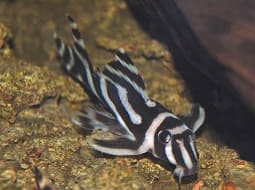

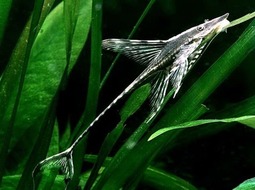

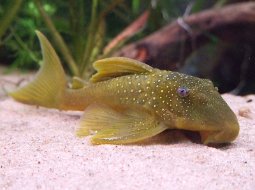
.jpg)
